#pietro novelli
Text

Pietro Novelli — David with the Head of Goliath (detail). circa 1630s
#pietro novelli#art#art history#art detail#art details#detail#details#painting#baroque#baroque painting#17th century#17th century painting#italian painting#italian#novelli
961 notes
·
View notes
Text
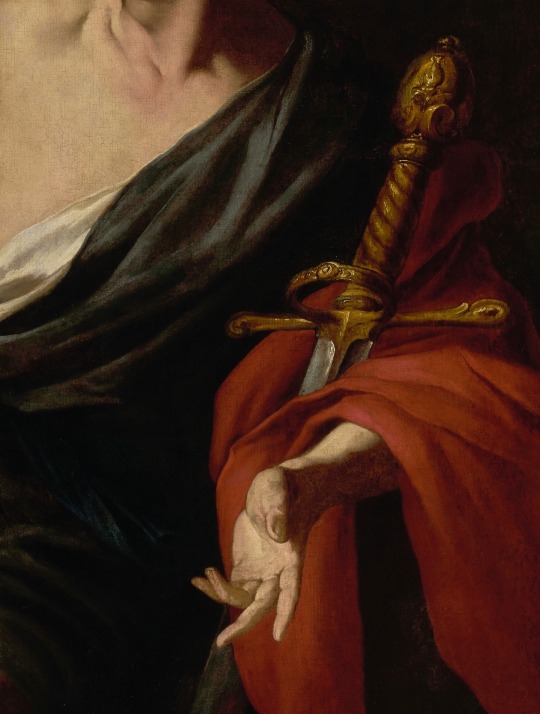
‘David with the Head of Goliath’ (detail) by Pietro Novelli, c. 1630.
#pietro novelli#vintage art#classic art#painting#art#art history#old art#oil painting#art details#vintage#moody art#David with the head of Goliath#david and goliath
80 notes
·
View notes
Text

Pietro Novelli
St. Christopher with the Child
Oil on canvas, 120.5 x 85 cm, 17th century
17 notes
·
View notes
Text
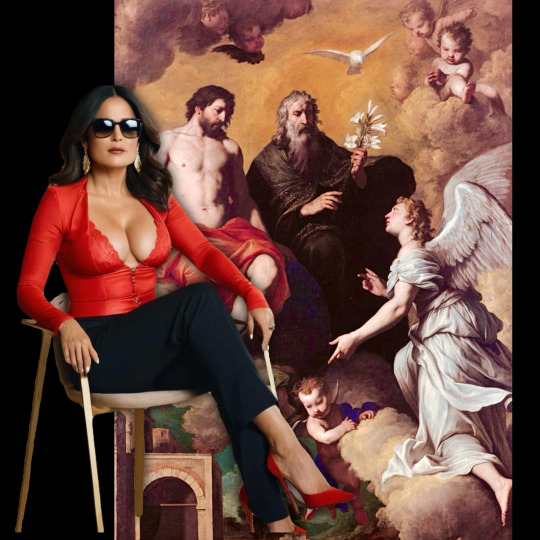
Salma Hayek (Mexican, born 1966)
The Holy Trinity Sending Archangel Michael to the Virgin, 1630. Pietro Novelli, also known as Monrealese (Italian, 1603-1647).
5 notes
·
View notes
Text

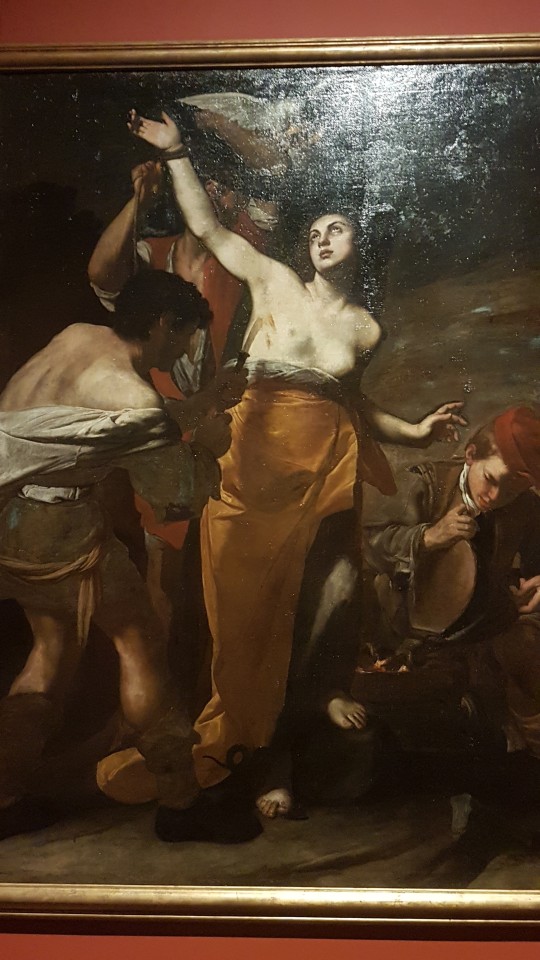

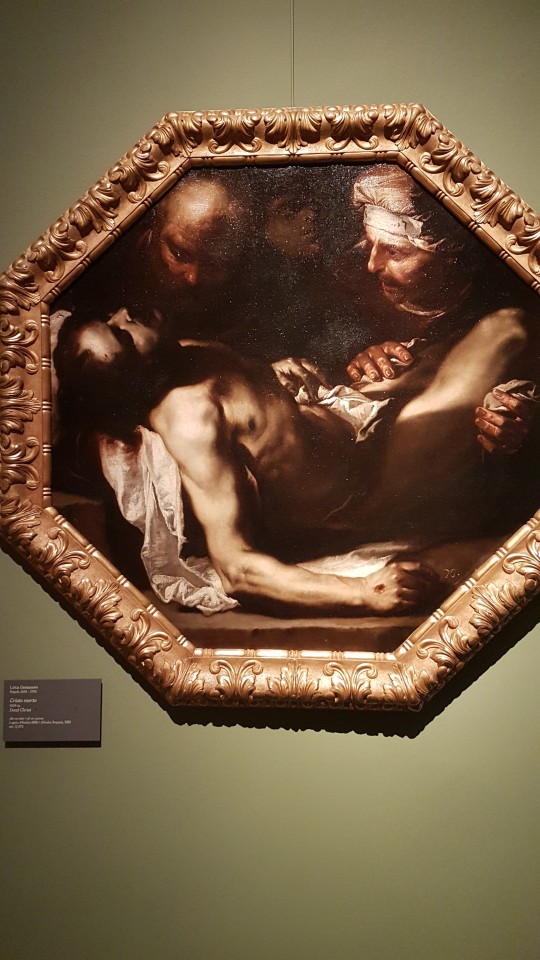

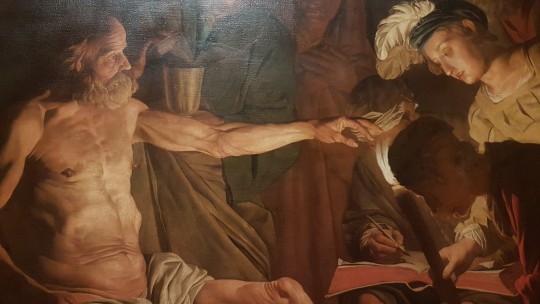
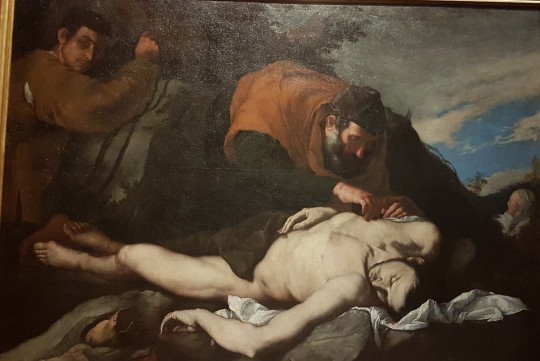
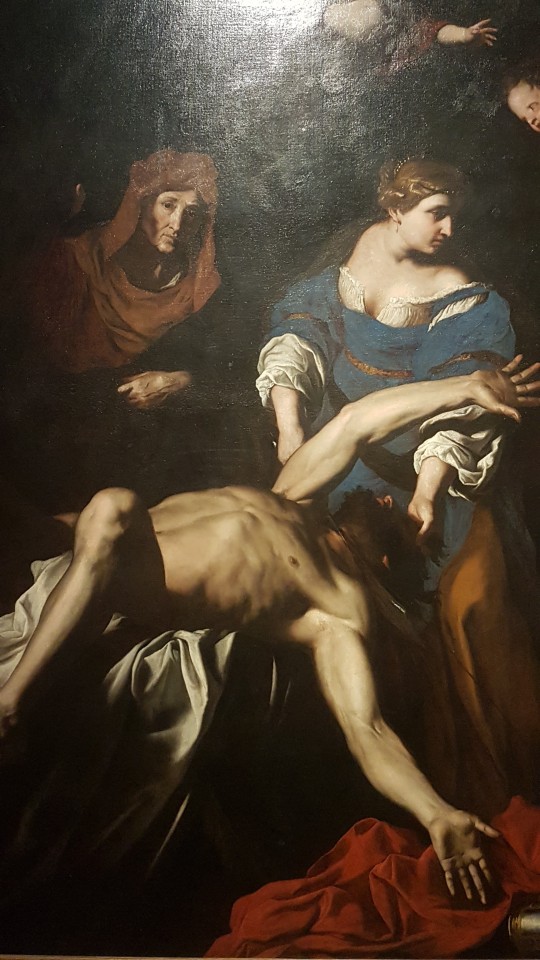


Capodimonte Museum - Naples, Italy
#Capodimonte#Real Sito di Caodimonte#Museo di Capodimonte#Napoli#Naples#Luca Giordano#Mattia Preti#Pietro Novelli#art#art history#18th century#paintings#pittura#scultura#Regno di Napoli
23 notes
·
View notes
Photo

Resurrección de Lázaro de Pietro Novelli
11 notes
·
View notes
Text
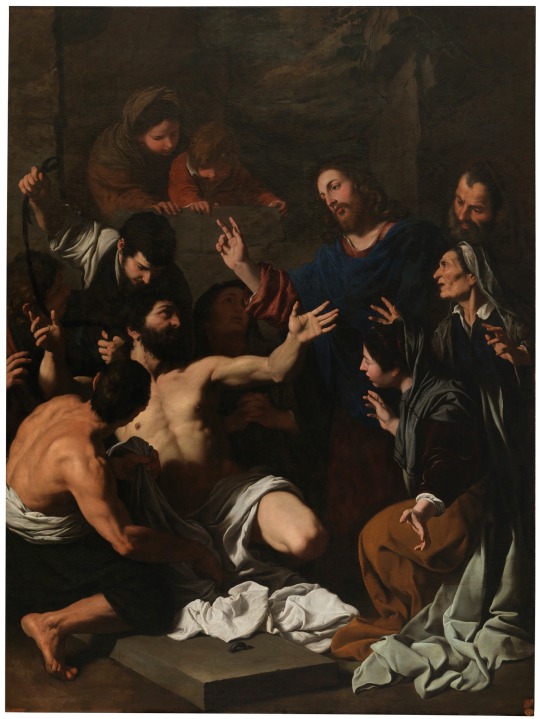
Pietro Novelli, The raising of Lazarus, 1635-1640 x
5 notes
·
View notes
Text
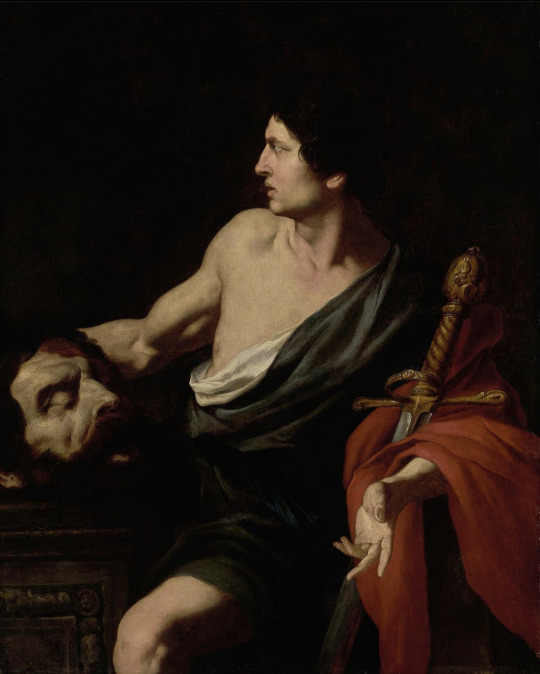
David with Goliath’s head
by
Pietro Novelli.
8 notes
·
View notes
Text
Explaining one of VTMB paintings (pt 9)

Cain Killing Abel oil on canvas (Second quarter of 17th century) by Pietro Novelli
Pietro Novelli (March 2, 1603 – August 27, 1647) was an Italian painter of the Baroque period, active mainly in Palermo. He was born in Monreale, and died in Palermo. He initially trained with his father, a painter and mosaicist. His father died in 1625 from the bubonic plague.[2]As a young apprentice he was a fellow pupil with Gerardo Asturino.[3] In 1618, he moved to Palermo and apprenticed with Vito Carrera (1555–1623). His first dated work is from 1626: St. Anthony Abbot for the church of Sant'Antonio Abate in Palermo. The development of his style owed much to Anthony van Dyck, who visited Sicily in 1624 and whose altarpiece, the Madonna of the Rosary in the oratory of Santa Maria del Rosario in Palermo was highly influential for local artists. He was also commissioned works and paintings for many churches in Piana degli Albanesi, and various works to adorn the villas of the Sicilian nobility. Other influences on Novelli were the Caravaggisti or tenebrists active in Naples (for example, Ribera). Novelli also painted for the church of Santa Zita in Monreale, and painted a Marriage of Cana for the refectory of the Benedictines in Monreale.He was injured during the revolution in Palermo in 1647, and died from his wounds.[4] His pupils included Andrea Carreca, Francesco Maggiotto, Francesco Giselli, Michele Blasco, Vincenzo Marchese, Giacomo lo Verde, and Macri da Girgenti. He was also an architect and stage set designer. [1]
The term Baroque probably ultimately derived from the Italian word barocco, which philosophers used during the Middle Ages to describe an obstacle in schematic logic. Subsequently the word came to denote any contorted idea or involuted process of thought. Another possible source is the Portuguese word barroco (Spanish barrueco), used to describe an irregular or imperfectly shaped pearl, and this usage still survives in the jeweler’s term baroque pearl. Baroque art and architecture refers to the visual arts and building design and construction produced during the era in the history of Western art that roughly coincides with the 17th century. The earliest manifestations, which occurred in Italy, date from the latter decades of the 16th century, while in some regions, notably Germany and colonial South America, certain culminating achievements of Baroque did not occur until the 18th century. The work that distinguishes the Baroque period is stylistically complex, even contradictory. In general, however, the desire to evoke emotional states by appealing to the senses, often in dramatic ways, underlies its manifestations. Some of the qualities most frequently associated with the Baroque are grandeur, sensuous richness, drama, vitality, movement, tension, emotional exuberance, and a tendency to blur distinctions between the various arts. [2]
Below is an explanation of the Cain and Able story from real life and in the context of VTM. This is the same for all the Explained Cain slaying Able paintings in VTMB posts I’ve done so feel free to skip if you’ve already read this as it’s long.
___________________________________________________________
The tale of Cain murdering his brother Able are nearly identical in Jewish, Christian and Islamic texts with the oldest known version coming from the Dead Sea Scroll from the first century BCE. Cain was the the first born son of Adam and Eve and became a Farmer while Able was the second born son and became a shepherd. Both brothers made sacrifices to God, but God favored Abel's sacrifice instead of Cain's. In Islam the reason for their offerings is to decide which brother would marry Adam and Even’s first daughter who was also Cain’s twin sister. Able also had a twin sister and Adam wanted the brothers to marry the others twin. In multiple religions each brother has a twin sister but there is no consistently with the names as Cain’s twin sister being named Aclima, Kalmana, Lusia, Cainan, Luluwa, or Awan, and Able’s twin sister is named Jumella, Balbira or to make it more confusing Aclima (though even when she is called this Able’s twin sister is never the one the brothers are competing to marry) depending on the source. In the Islamic text Able’s offers his fattest sheep while Cain offered only a bunch of grass and some worthless seeds. In Jewish and Christian texts the reason for the sacrifices and the exact nature of their offerings are merely described as the first born of Ables heard and products from Cain’s fields.[3] The most description we get is in Genesis when God sees that Cain is upset that his offering was not chosen God tells Cain “: Why are you angry? Why are you dejected? If you act rightly, you will be accepted; but if not, sin lies in wait at the door: its urge is for you, yet you can rule over it.”(Genesis 4:6-7) Cain then told Able to meet him in his fields where he then murdered his brother out of jealousy by hitting Abel in the head with a stone. When God asks Cain where his brother Cain, “I do not know! he answered. Am I my brother’s keeper?”(Genesis 4:9) to which God replies “What have you done! The voice of your brother’s blood is calling to me from the ground. From now on you’ll get nothing but curses from this ground; you’ll be driven from this ground that has opened its arms to receive the blood of your murdered brother. You’ll farm this ground, but it will no longer give you its best. You’ll be a homeless wanderer on Earth.” (Genesis 4:10-12) When Cain objects saying the punishment is to great and that whoever finds him wandering shall kill him which then God says “No. Anyone who kills Cain will pay for it seven times over.” God put a mark on Cain to protect him so that no one who met him would kill him.” (Genesis 4:15). Cain then leaves east of Eden to wander in No-Mans-Land with his wife (who is not named in Genesis but is assumed to be his Twin sister in all tellings regardless of what name is given to her). Their first born Child was named Enoch, and Cain named the first city he built after his son. After Abel’s Death Adam and Eve had a Third son named Seth and when eve gave birth to him Eve said “God has given me another child in place of Abel whom Cain killed.”(Genisis 4:25-26). In some texts Seths wife and sister is named Azura. Their son is named Enosh it is through Seth’s line that humanity stems from, though both Cain and Seth had multiple decedents and confusingly used the same names (see family tree below). None of Cain’s decedents suffered the curse of their father Cain but where still seen as sinful and apart from God and where killed in the great flood. How Cain died is not as an agreed upon topic. He was ether crushed to death by the stone house he built, an irony as he used a stone to slay his brother or in some versions part of the Mark of Cain had him grow horns and his descendent Lamech (not to be confused with Lamech who decedent from Seth and was the father of Noah) who was a blacksmith and had two wives(this is viewed as sinful) killed him mistaking him for a wild animal and killed his own son Tubal-cain in the process.
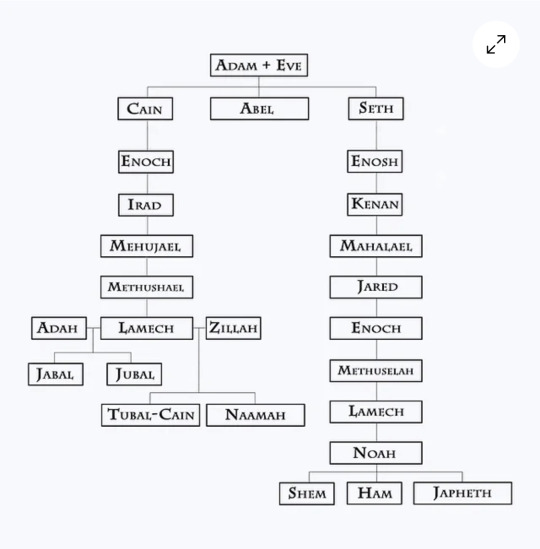
While in the lore of Vampire the Masquerade the tale of Cain killing his brother able as told in the Book of Nod stick to the original tale regarding the murder of Able but starts to differ in God’s punishment. "Father" cursed him with a mark, and cast him out to wander in darkness in the Land of Nod alone. There is no mention of a wife or if he was still cursed to be unable to farm however it is clear that Cain was not yet cursed to be a vampire by God. The Land of Nod was a place of utter darkness, with no source of light, where Caine was afraid and alone. There he found Lilith where they began a relationship and Cain realized that she possessed magical power and begged her to share them with him. While hesitant Lilith prepares an Awakening ceremony by cutting herself with a knife, bleeding into a bowl, and giving it to him so that he may drink. After Caine partakes of Lilith's blood, he is visited by three angels who are agents of God. Each angel offers Caine a chance to repent for the murder of Abel, but Caine rebuffed them out of pride. Michael, when denied, cursed Caine and his childer to fear his living flame. Raphael cursed Caine and his childer to fear the dawn, as the sun's rays would burn like fire. Uriel then cursed Caine and his childer to cling to Darkness, drink only blood, eat only ashes, and be frozen at the point of death, cursed so all they touch would crumble into nothing. A fourth angel, Gabriel, then appeared to offer the way of Golconda, the only way to "light", by the mercy of God. After the experience, Caine becomes officially "Awakened", possessing the following Disciplines: Celerity, Potence, Fortitude, Obfuscate, Dominate, Presence, Protean, Animalism, and Auspex. Caine then became aware of the Path of Blood, the Final Path from which all paths stem. And with all these powers, but now being cursed to be a vampire he breaks his bond with Lilith and leaves her.[3] While Cain never biologically fathers any children it is clear that their names of those he embraced and their decedents are inspired by the biblical names in his line though with massive changes. For instance the first city is founded by Cain in the land of Nod and and called Ubar and is explicitly stated to be settled by “Children of Seth” with the human king being Enoch at the time Cain settles there. Enoch still becomes his son as he is embraced by Cain. Another example of the reuse of a biblical name of Cain’s line is Zillah (which in Hebrew means shade or protection). In the original story she is one of Lamech(decedent of Cain) two wives( the other named Adah). After both wives discover that Lamech unwittingly kills Tubal-Cain(one of Lamech and Zillah’s sons) they both refuse to have sex with him because of the deaths he caused, on the pretext that they do not desire to give birth to cursed offspring. The three go together to the tribunal of Adam; Adam rules that they must obey their husband since he killed unwittingly. This midrashic tradition portrays Adah and Zillah as respected women, whose position is considered in all seriousness by the court. [4] In VTM Zillah was a human woman who lived in Udar so beautiful, Caine could not resist the Embrace. According to Nosferatu Zillah is the one of Cain’s second generation who sired their Antediluvian. Interestingly, even after the Embrace, Zillah did not desire him. It frustrated Caine to the point that he was ripping his hair out of his head. He did anything and everything to make her desire him. Yet, she would not have him. Finally, Caine sought the Crone's magic, who ultimately tricked him into a blood bond, she forced the First Vampire to Embrace her. The Crone sent her new thrall away, telling him that his blood would have the power to bond others as Caine himself was bonded to the Crone. The discovery of the blood bond was what finally made Zillah agree to marry her sire Caine. [3]
[1]“Pietro Novelli .” Wikipedia, Wikimedia Foundation, 14 Nov. 2022, https://en.wikipedia.org/wiki/Pietro_Novelli.
[2]“Baroque Art and Architecture .” Encyclopædia Britannica, Encyclopædia Britannica, Inc., https://www.britannica.com/art/Baroque-art-and-architecture.
[3] “Caine.” White Wolf Wiki, https://whitewolf.fandom.com/wiki/Caine.
[4] Kadari, Tamar. “Zillah: Midrash and Aggadah .” Jewish Women's Archive, https://jwa.org/encyclopedia/article/zillah-midrash-and-aggadah#:~:text=Zillah%20was%20a%20wife%20of,he%20unwittingly%20kills%20Tubal%2DCain.
#VTM#Vampire The Masquerade Bloodlines#VTMB#pietro novelli#cain and abel#baroque art#Explaining one of VTMB paintings#book of nod#Four painting for the price of one
3 notes
·
View notes
Photo
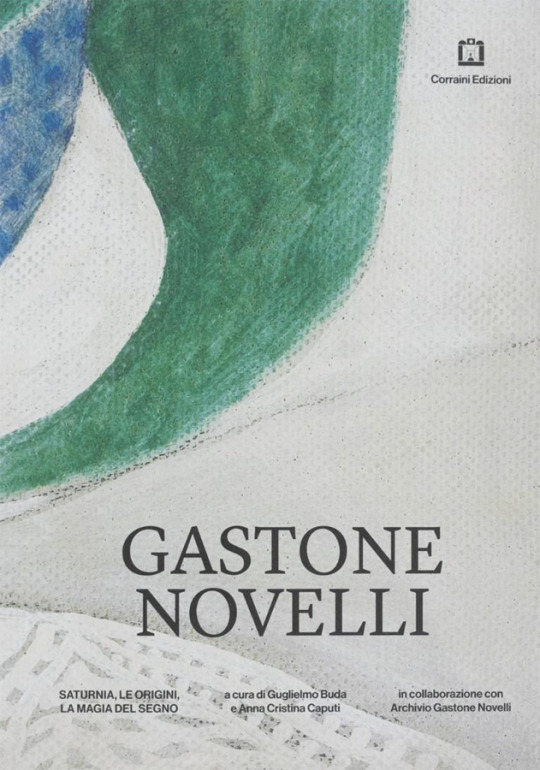
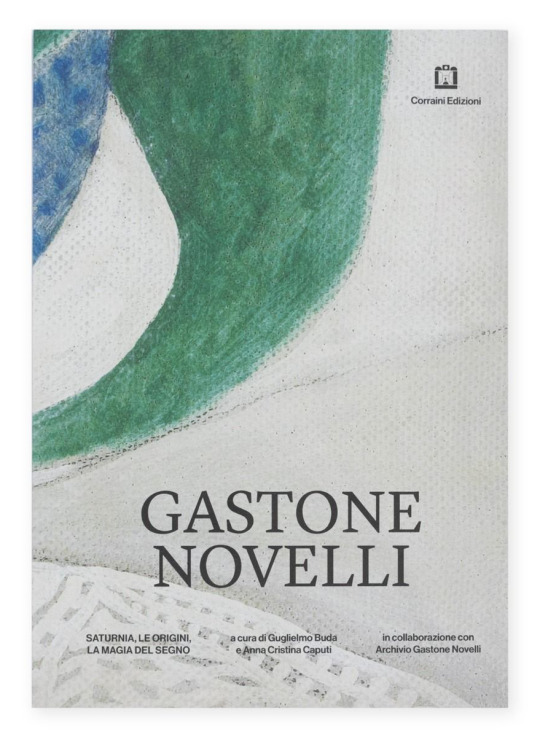
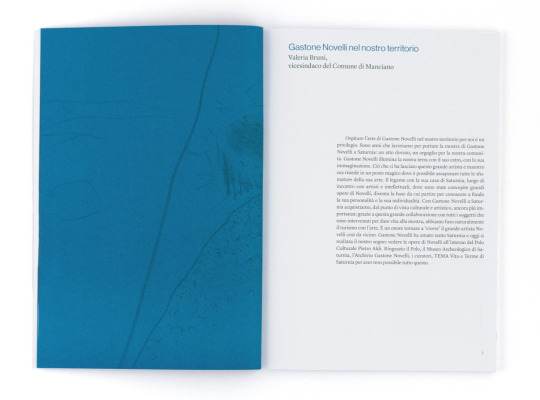



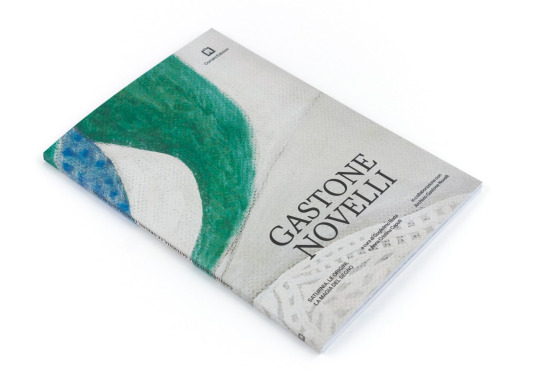
Gastone Novelli. Saturnia, le origini, la magia del segno, Edited by Guglielmo Buda and Anna Cristina Caputi, in collaboration with Archivio Gastone Novelli, Roma, Corraini Edizioni, Mantova, 2022 [Exhibition: Polo Culturale Pietro Aldi, Saturnia (GR), April 9, 2022 – January 8, 2023]
#graphic design#art#drawing#visual writing#mixed media#sculpture#exhibition#catalogue#catalog#cover#gastone novelli#archivio gastone novelli#guglielmo buda#anna cristina caputi#corraini#polo culturale pietro aldi#2020s
24 notes
·
View notes
Text



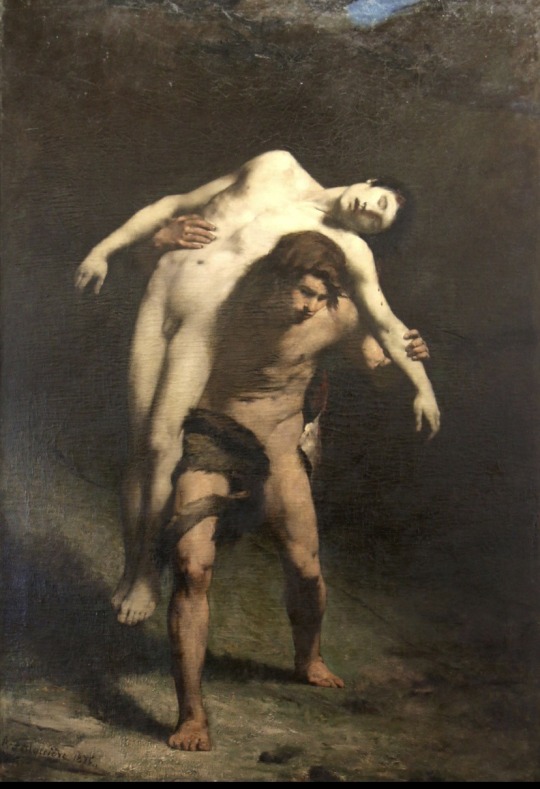






— for the love of a brother.
The Burial at Thebes, Seamus Heaney // Cain Murders Abel, Pietro Novelli // A Brother Named Gethsemane, Natalia Diaz // Cain and Abel, Alexandre Falguière // You are Jeff, Richard Siken // Famous Blue Raincoat, Leonard Cohen // Cain Killing Abel, Daniele Crespi // Cain and Abel, Tintoretto // Genesis 4:9 // I Am The Brother of XX: Stories, Fleur Jaeggy.
3K notes
·
View notes
Text



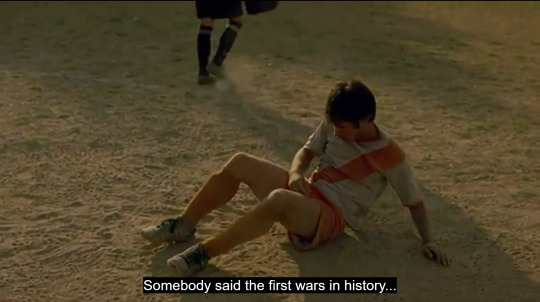
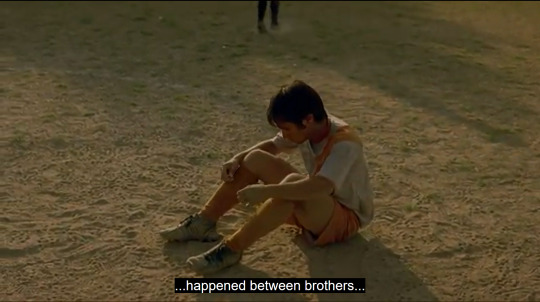






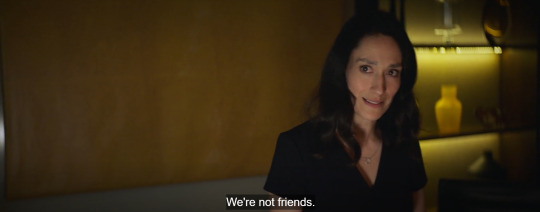




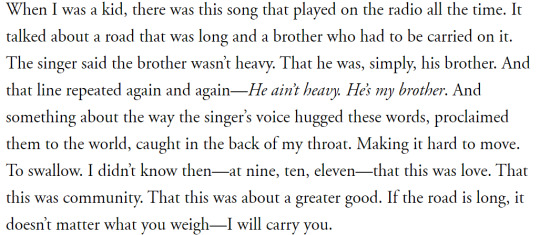



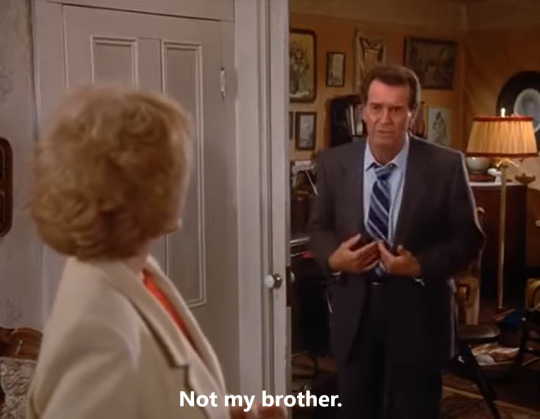


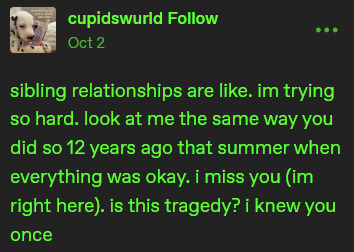

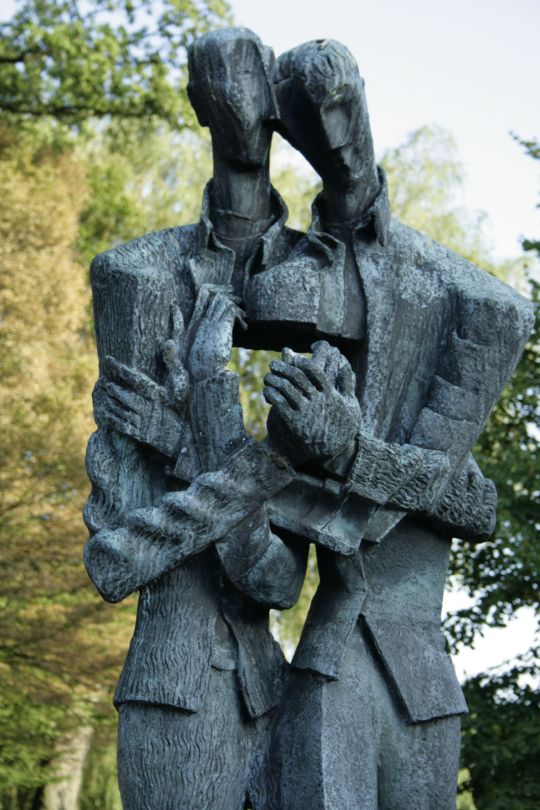
On Siblings
After Abel - Dante Émile//2. alain robbe-grill it @negaversace//3. A Brother Named Gethsemane - Natalie Diaz//4. Rudo y Cursi (Carlos Cuarón, 2009)//5. Antigone - Sophocles//6. Cain Killing Abel - Pietro Novelli//7. ritika jyala/8. Homecoming (Mark Jean, 1996)//9. My Sister's Keeper - Judi Picoult//10. The Silent Twins (Agnieszka Smoczynska, 2022)//11. Fleabag S2E3//12. When the Curious Girl Realizes She is Under Glass - Bright Eyes//13. Ragnarok S2E6//14. Weight - Jacqueline Woodson//15 Unknown//16. Promise (Glenn Jordan, 1986)//17. Another Travellin' Song - Bright Eyes//18. cupidswurld//19. Blaineunderstudy//20. A Statue of Vincent and Theo Van Gogh By Ossip Zadkine
207 notes
·
View notes
Text



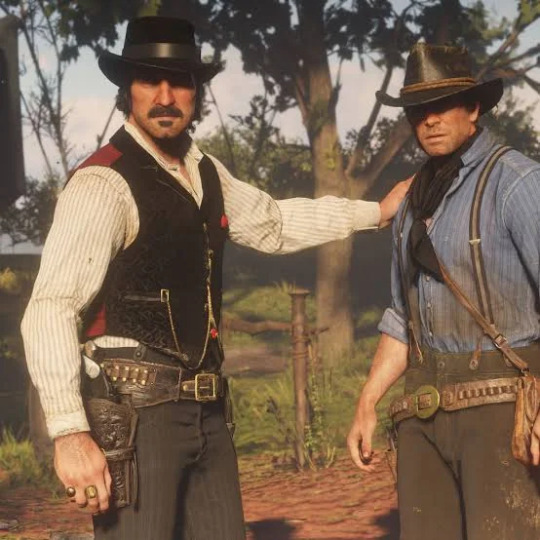
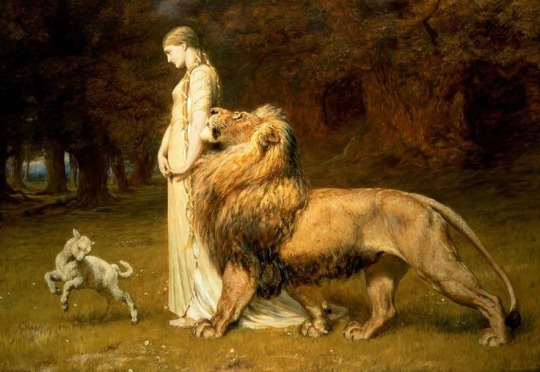
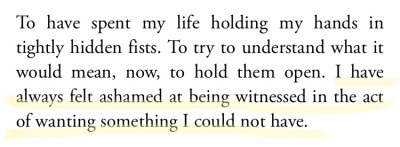

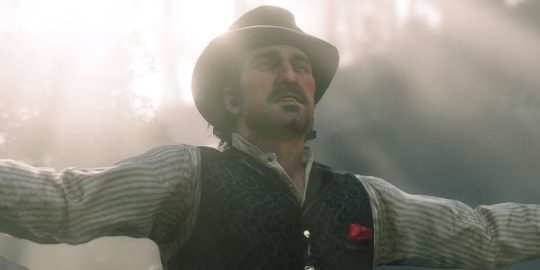
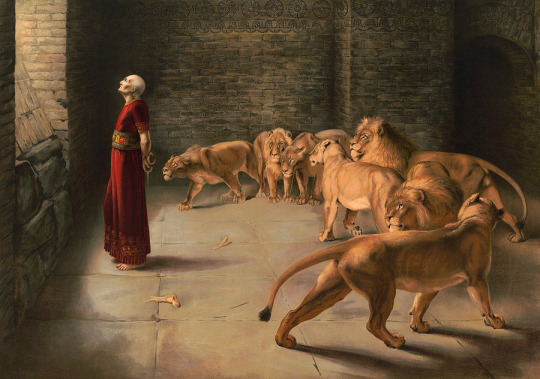

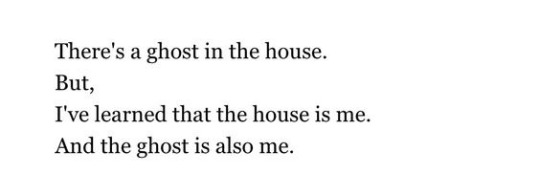








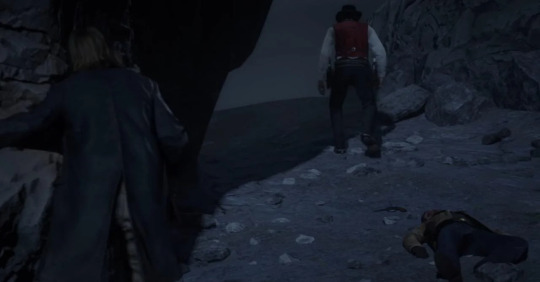


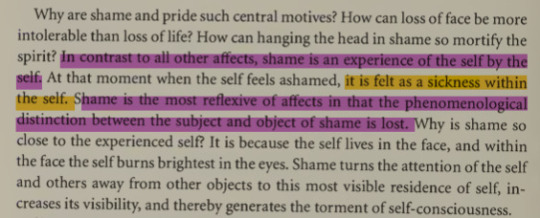

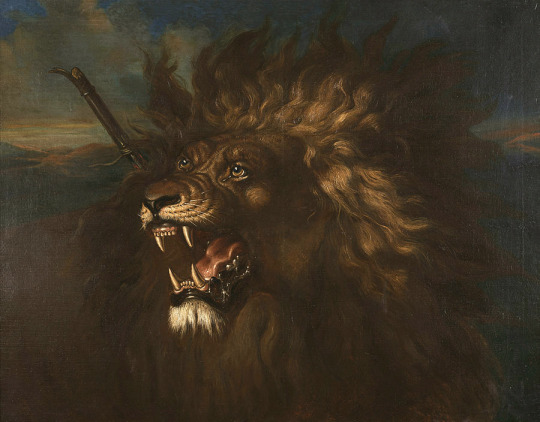


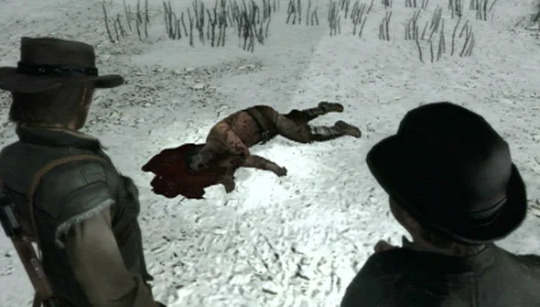
dutch van der linde thoughts and feelings
creds; catrachos - roy g. guzmán, portrait of illness as a nightmare - leila chatti, una and the lion - spenser's fairy queen, so we must meet apart - jennifer s. cheng, lent - kate cayley, daniel in the lions' den - briton rivière, in winter i collapse - virginia woolf, ghost | - christina marie brown, jean-léon gérôme - solitude, climbing - lucille clifton, shame- marion strobel, judas returning the thirty silver pieces - rembrandt, the double image - anne sexton, when we two parted - lord byron, cain and abel - pietro novelli, the brain is rust - jonny buldoc, shame-humiliation & contempt-disgust - silvan tomkins, wounded lion - raden saleh, kill bill vol. 1 - hattori hanzo, sarah kane
34 notes
·
View notes
Photo
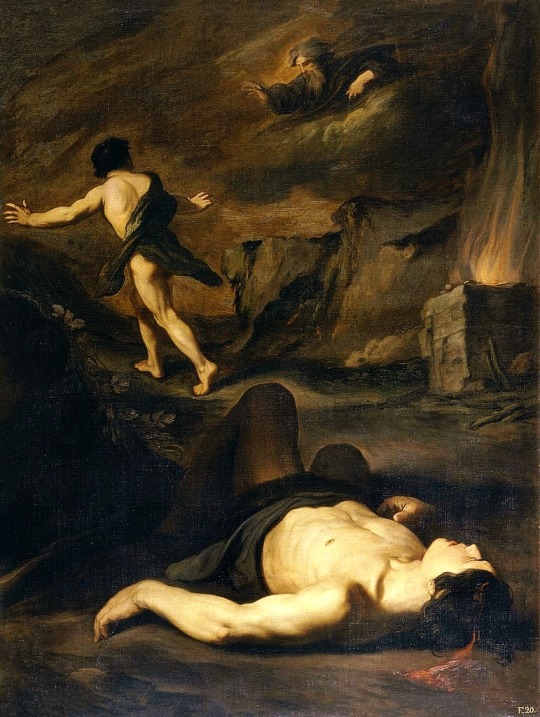
Cain and Abel. first half of the17th.century. Pietro Novelli Italian 1603-1647. oil/canvas. http://hadrian6.tumblr.com
221 notes
·
View notes
Text

"San Sebastiano", c.1635 by Pietro Novelli detto il Monrealese (1603–1647). Italian painter. Galleria Nazionale delle Marche, Urbino. oil on canvas
160 notes
·
View notes
Text

Abel et Caïn
Pietro NOVELLI, né à Monreale en 1603 et décédé à Palerme en 1647
11 notes
·
View notes